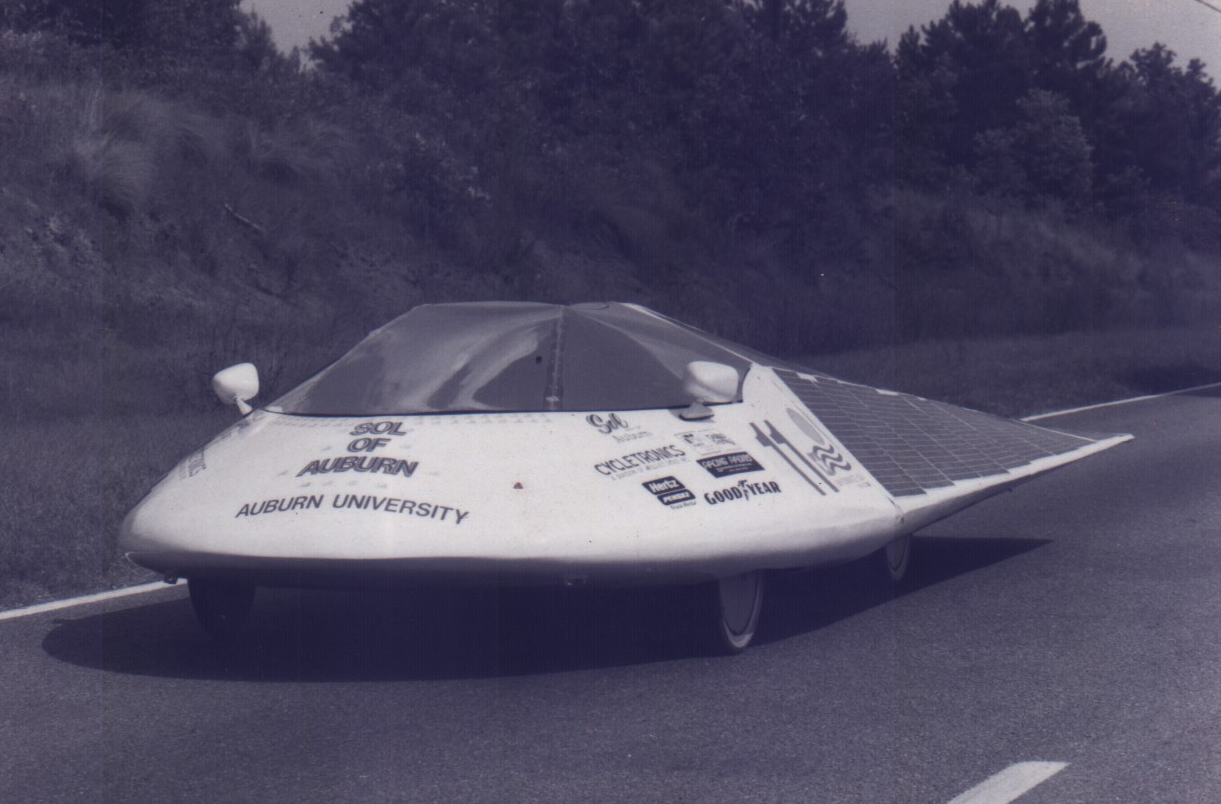International Building & Electrical Engineering References Branimir is familiar with.
- Details
- Category: Branimir's Unique Diverse Combined Multidisciplinary Skills
- Published: Saturday, 16 December 2017 03:46
- Written by Branimir
- Hits: 1472
International Building & Electrical Engineering References Branimir is familiar with:
Australian Building &Electrical Engineering References
-
A/NZ Standard 3000: ELECTRICAL INSTALLATIONS (known as the Australian/New Zealand Wiring Rules)
-
Measurement and Verification Operational Guide Whole Building Applications.
-
Project Impact Assessment with Measurement and Verification (PIAM&V) methodology.
-
IES 3D performance analysis software (VE).
-
FirstRate5 v5.2.6 software. An easy-to-use interactive tool with a graphic user interface that enables designers and thermal performance assessors to generate energy ratings for a home by tracing over floor plans. The software integrates the AccuRate calculation engine to estimate the annual heating and cooling energy and can be used to rate an existing design or as an interactive tool to optimize the design beyond compliance.
-
The NatHERS - National Construction Code Reference Building Verification Method.
-
NABERS (National Australian Built Environment Rating System). NABERS is a national rating system that measures the environmental performance of Australian buildings, tenancies and homes. NABERS measures the energy efficiency, water usage, waste management and indoor environment quality of a building or tenancy and its impact on the environment.
-
MIEAust / CPEng eligible (ex).
Canadian Building Engineering References
-
The National Energy Code of Canada for Buildings 2015 (NECB), published by NRC and developed by the Canadian Commission on Building and Fire Codes in collaboration with Natural Resources Canada (NRCan), sets out technical requirements for the energy efficient design and construction of new buildings.
-
Leadership in Energy and Environmental Design (LEED) is one of the most popular green building certification programs used worldwide. Developed by the non-profit U.S. Green Building Council (USGBC) it includes a set of rating systems for the design, construction, operation, and maintenance of green buildings, homes, and neighborhoods that aims to help building owners and operators be environmentally responsible and use resources efficiently. Credentials include the LEED Green Associate and the various types of specialized LEED Accredited Professionals (AP).
-
The LEED® for Existing Buildings: Operations & Maintenance (EB:O&M) rating system that helps building owners and operators measure operations, upgrades and maintenance on a consistent scale, with the goal of maximizing operational efficiency while minimizing environmental impacts. LEED® EB:O&M addresses whole-building cleaning and maintenance issues (including chemical use), recycling programs, exterior maintenance programs, and systems upgrades.
-
Professional Engineering (PE) license eligible.
UK Building Engineering References
-
StruxureWare (SCHNEIDER) Building Operation software with Building Management System (BMS) control equipment for HVAC systems and components, including open protocol control components for terminal heating and cooling units.
-
ASHRAE (American Society Heating, Refrigeration, Air Conditioning Engineers) Building Engineering related standards.
USA Building Engineering References
-
NEC (National Electrical Code).
-
LV three phase and single electrical systems of 600V or less.
-
Lighting and power systems, fire alarms, grounding, site lighting and emergency power systems.
-
NFPA 70 National Electrical Code.
-
International Building Code 2012.
-
NFPA 72 Fire Alarm Code.
-
NFPA 101 Life Safety Code.
-
ASHRAE 90.1 2013 Energy Code.
-
Fundamentals of Engineering (FE) test.
-
Professional Engineering (PE) license eligible.
-
IEEE Member eligible (ex).

